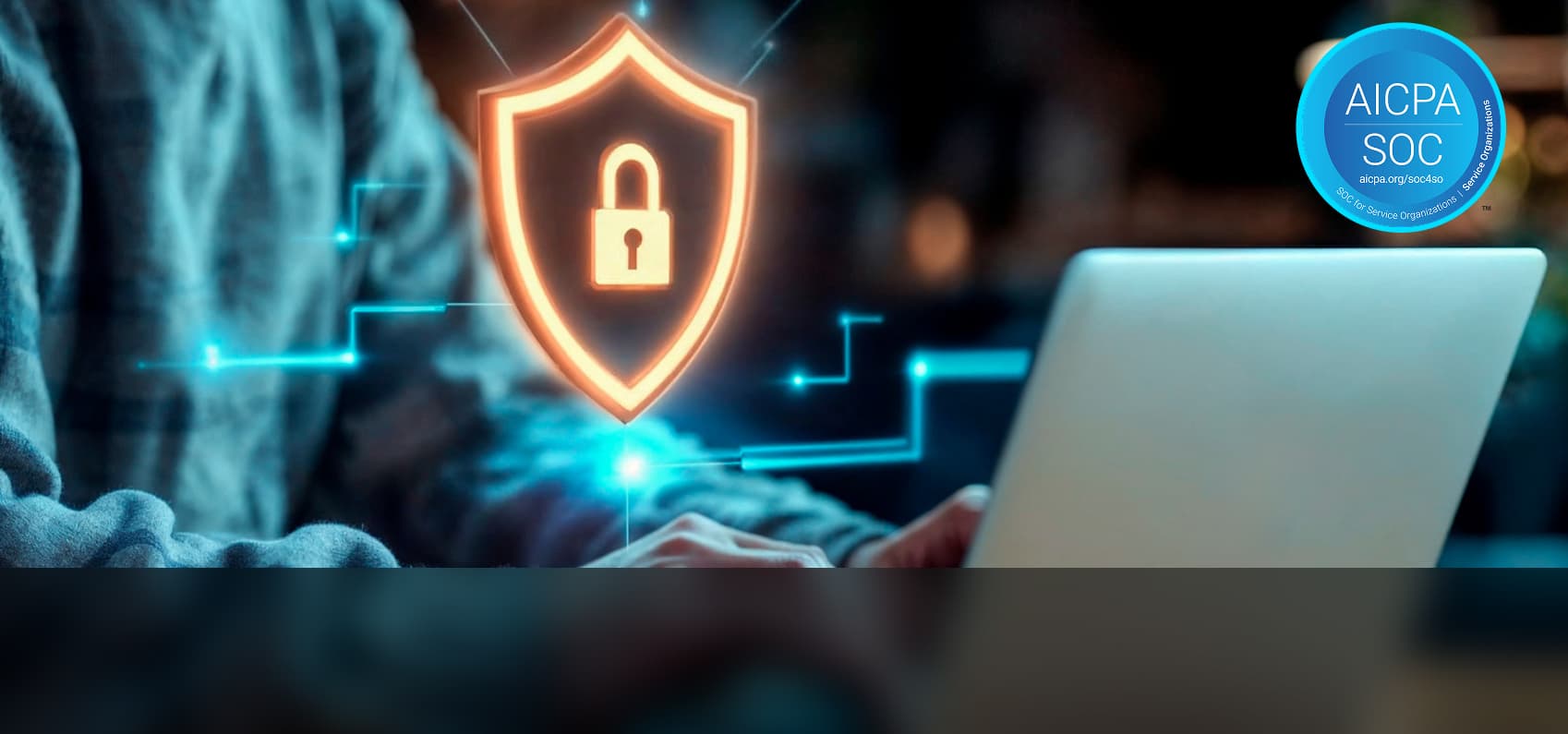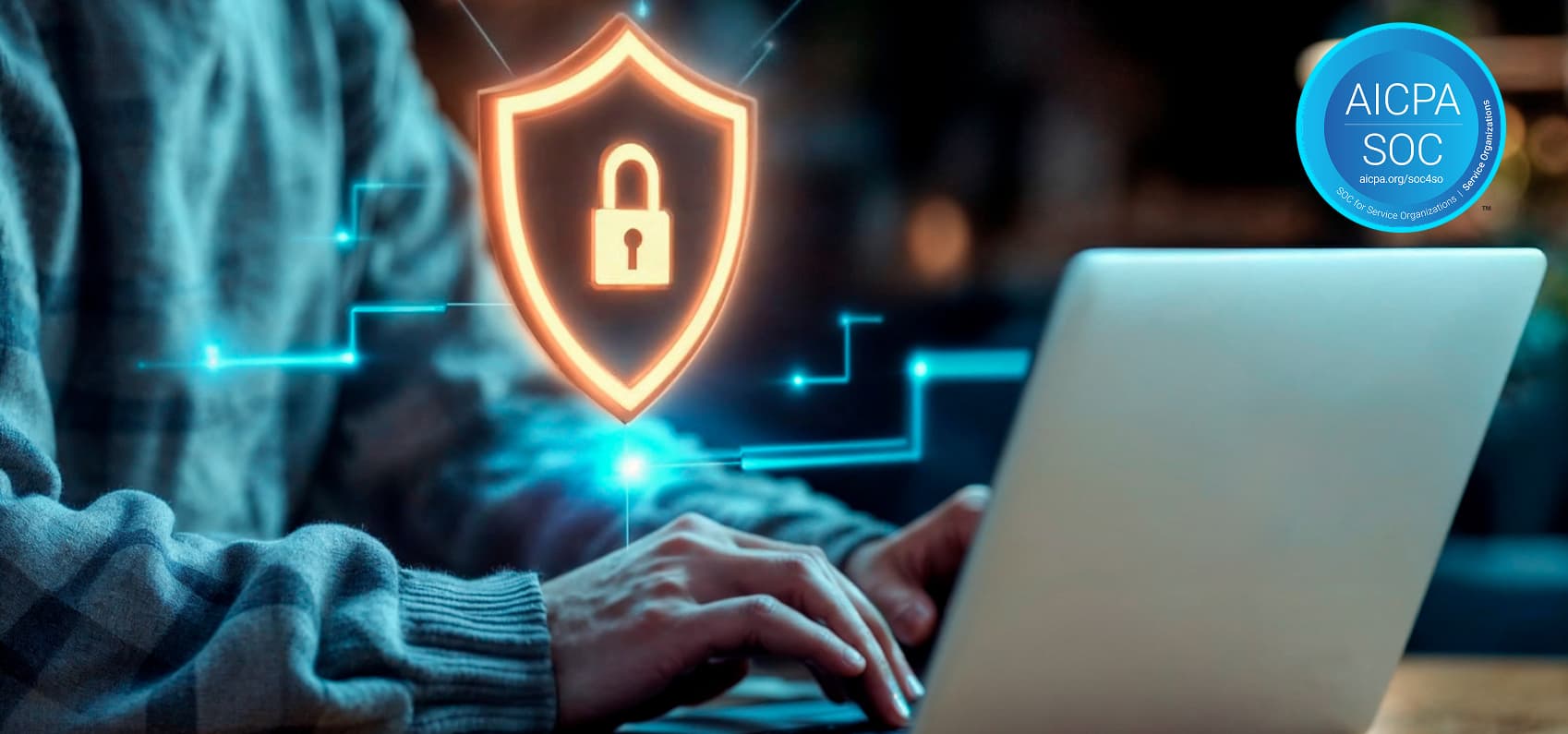Business leaders are under constant pressure to prove to their stakeholders that they can safeguard sensitive data. For service providers, especially those handling customer information, SOC 2 compliance has become a gold standard for demonstrating robust security practices.
A recent article by Forbes highlighted how Fortune 500 clients or enterprise clients are demanding SOC 2 - it’s the basic eligibility criteria if you want to work with them. So, for businesses dreaming of featuring such clientele on their website, gaining trust in the market, and becoming a reliable brand - SOC 2 is imperative.
But what exactly does SOC 2 require, and how can your business achieve it? Let’s break down the essentials in this comprehensive guide.
What is SOC 2, and Why Does It Matter?
SOC 2 (Service Organization Control 2) is an auditing framework developed by the American Institute of Certified Public Accountants (AICPA). It’s designed for technology and cloud-based companies that store customer data, ensuring they follow strict information security policies and procedures.
- SOC 2 isn’t a one-size-fits-all checklist. Instead, the AICPA gives you a flexible set of criteria that organizations must interpret and implement based on their unique operations. (only security is mandatory)
- The goal is to build customer trust by demonstrating you can securely manage data to protect the interests and privacy of your clients.
The Anatomy of a SOC 2 Report
A SOC 2 report is issued after a rigorous audit by a certified third-party (usually a CPA or an AICPA-accredited firm). The audit evaluates your organization’s controls, policies, and procedures against the SOC 2 criteria. There are two main types of SOC 2 reports:
- Type I: Assesses the design of controls at a specific point in time.
- Type II: Evaluates the effectiveness of controls over a period (typically 3-12 months).
The Trust Services Criteria: The Heart of SOC 2
SOC 2 compliance is based on five Trust Services Criteria (TSC). These are the pillars that guide your security efforts:
Note: Only the Security criterion is mandatory. The others are included based on your services and client requirements.
No Rigid Checklist: The SOC 2 Approach
Unlike certifications like ISO 27001, SOC 2 doesn’t prescribe a fixed set of controls. Instead, it provides “points of focus”-guidelines and examples to help you design controls that fit your business context.
- For instance, to fulfill the Logical and Physical Access Controls criterion, one company might implement multi-factor authentication and onboarding processes, while another might focus on physical security at data centers and quarterly access reviews.
- The controls you choose must address the intent of the relevant Trust Services Criteria, but how you achieve that is up to you.
Preparing for SOC 2: The Readiness Assessment
Before the official audit, most organizations conduct a SOC 2 readiness assessment, or a “practice run” to identify gaps and weaknesses.
- Who conducts it? Typically, an auditor qualified to perform SOC 2 audits.
- What is the outcome? A detailed report highlighting areas that need improvement before the formal audit.
- What are the benefits? It increases your chances of passing the audit and achieving compliance on the first try.
Why SOC 2 Compliance is Worth the Effort
- Builds Customer Trust: Demonstrates your commitment to data security and privacy.
- Opens New Markets: Many enterprise clients require SOC 2 reports before signing contracts.
- Reduces Risk: Helps identify and mitigate security vulnerabilities before they become incidents.
- Competitive Advantage: Sets you apart from competitors who lack robust security credentials.






Your email address will not be published. Required fields are marked *